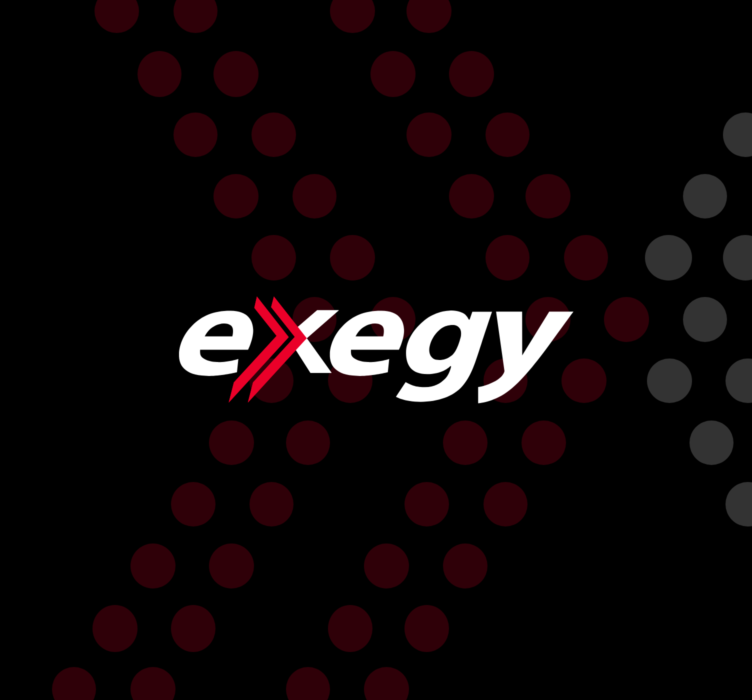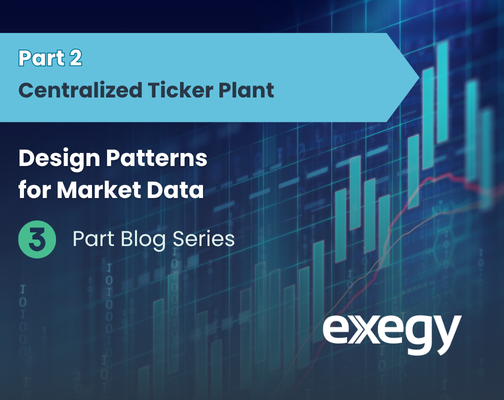Profiling Japannext: Japan’s Largest PTS Trading Venue
Reform of Japan’s economy and capital markets has encouraged market participants to keep an eye on the country for growth, despite the deflation and stagnant growth in recent history. Ongoing structural improvements by trading venues and the prime minister’s Abenomics suggest potential for increased demand and new market participants. For those trading in Japan, the Tokyo Stock Exchange is the default market; however, Japannext is a competitive alternative trading venue that can improve hedging opportunities and trade executions.
As a Proprietary Trading System (PTS), Japannext has demonstrated strong initiative to develop and grow off-exchange sources of liquidity. The PTS’s initiatives to expand margin trading, decrease tick sizes, and extend trading hours in Japan have encouraged foreign investment and bolstered liquidity. For any firm trading in Japanese markets, evaluating Japannext as a trading venue is worthwhile for price discovery and best execution.
Japan’s Oldest Proprietary Trading System
Japannext (JNX) is both the oldest and largest PTS in Japan. Started in 2006, SBI Japannext Co., Ltd. was established by four online brokerages to assist in the order matching of their customers’ trades and to offer an alternative trading venue with unique market structure. Today, it maintains 5% of market share, second to the Tokyo Stock Exchange (TSE).
Japannext (JNX) has paved the way for other proprietary trading systems by advocating for reforms of the regulations that govern them. Margin trading was previously reserved for the Japan Exchange Group (JPX), comprised of TSE and the Osaka Exchange (OSE). After years of lobbying the Japanese Financial Services Agency (JFSA), JNX was approved to allow margin trades in August 2019 along with other PTSs. The impact of this change is substantial, as seen from one of JNX’s originating brokerages, SBI Securities. They reported 60% of customers’ orders were traded on margin, expanding the opportunities for order routing to JNX and other PTSs greatly.
Most notable about JNX is the flexibility its extended trading hours offer to traders. Japannext’s trading hours are 8:20am to 4:00pm JST Monday to Friday across its daytime markets, an additional 100 minutes from TSE’s 9:00am to 3:00pm JST hours. Paired with its night market, Japannext’s trading hours help firms manage their portfolio and risk in the face of constantly evolving global markets.
Japannext’s Four Equities Markets
Japannext’s analysis of market microstructure has contributed to the PTS’s sophistication and structuring of its markets. JNX manages 4 separate markets—J, X, U, and the Night Market—to address the varying, unique needs of institutional traders. JNX’s most notable market is the Night Market, running from 4:30 to 11:59 pm JST. Traders gain an extra eight hours of trading time, which allows overlap with the US market open. This helps global investors access liquidity in both markets simultaneously and react to overseas events in real-time.
The J-Market is the main board for the PTS and is best known for offering tick sizes 1/10th the size of TSE listings. The market’s priority is narrowing spreads for improved order matching. However, the fractional tick sizes require more updated infrastructure than most domestic brokerages use. So, most participants on J-Market tend to be larger institutional traders.
For brokerages without specific trading infrastructure for J-market’s tick sizes, X-market is the alternative. Japannext intends X-market to be a stepping-stone into the J-market. It maintains the same tick sizes as TSE, providing a simple opportunity to source additional liquidity and improve price discovery. The Uniform Spread Market, or U-Market, enables trading of higher-demand Nikkei 225 index-listed stocks within a spread of 5-8 basis points. This market is particularly beneficial for firms managing ETFs. Across J, X, U and the Night Market, Japannext offers unique services to cater to specific trading needs, from global asset managers to broker-dealers.
Japan’s Other Trading Venues
Since Japannext’s start in 2006, it has been followed by other PTSs—the most comparable by market share being Chi-X Japan. While JPX’s exchanges manage over 90% of Japan’s market value and JNX handles another 5%, Chi-X Japan handles the majority of the remaining 5%. As with Japannext’s Night Market, Chi-X Japan differentiates itself from other trading venues by offering a unique alternative to source liquidity on two dark markets in addition to its lit market.
Table 1. Comparing Top PTSs with TSE
| Trading Venue | Avg Daily Volume (Millions) | Avg Notional Value (Millions USD) |
| Tokyo Stock Exchange | 33,879 | 533,615 |
| Japannext Day Market | 123 | 1,590 |
| Japannext Night Market | 6 | 29 |
| Chi-X Lit Markets | 59 | 842 |
| Chi-X Dark Markets | 1.6 | 38 |
At fractions of the TSE volume, the Japannext and Chi-X PTSs are servicing the niche trading needs of market participants. Specifically, Japannext provides centralized liquidity on dual-listed and index-based securities, which offers lucrative trading opportunities. Dual-listed companies like Nintendo, Toyota, SoftBank, and Sony as well as index-based securities like Next Funds’ leveraged and double inverse Nikkei 225 ETFs maintain high trading volumes. Nintendo and SoftBank securities continually maintain average daily turnover that lists them among Japannext’s most traded stocks. Dual-listed stocks allow institutional traders to manage risk or arbitrage positions between markets. For the index-based securities, leveraged and inverse positions provide portfolio managers versatile methods to diversify exposure on the Japanese Nikkei index. Further, liquidity on the indices at smaller tick sizes on the J-Market offer additional opportunities for market makers or proprietary traders.
Accessing Japannext Market Data
To get connected to Japannext a firm must decide on broker-dealer registration, select a market data vendor, and determine trading infrastructure and co-location requirements. Japannext offers membership that requires firms be a registered broker-dealer in Japan. Broker-dealer registration also involves registering with the Japanese Securities Clearing Corporation (JSCC), which can take up to 4 months.
Japannext’s fees differ from most westernized market data fee structures, making deciphering the fees a challenge. It delineates Member and Market Data Service Provider fees. Large brokerages with enterprise trading needs tend to take the membership route, as it offers more favorable pricing for non-display applications. However, the low terminal fee for market data service providers makes that categorization favorable for display trading instances.
Table 2. Monthly Fees for Japannext Market Data
| Fee Type | Fees | JPY | USD |
| Member Fees | Membership | ¥900,000 | $8,298 |
| ITCH / TCP feed per User ID* | ¥20,000 | $184 | |
| Terminal fee | ¥20,000 | $184 | |
| Estimate for 2 User IDs & 20 terminals | ¥1,340,000 | $12,346 | |
| Market Data Service Provider Fees | Redistribution Fee | ¥1,200,000 | $11,061 |
| ITCH / TCP feed per User ID* | ¥60,000 | $550 | |
| Terminal fee | ¥1,000 | $9 | |
| Estimate for 2 User IDs & 20 terminals | ¥1,340,000 | $12,346 |
In addition to determining monthly market data fees, firms must determine co-location, hosting, and hardware requirements. A critical decision in Tokyo is co-location, as TSE and JNX are located in different data centers (TY2 and CC1, respectively). Co-location for both may be cost prohibitive, and other regional restrictions apply. Additionally, a firm must consider whether they’ll manage their ticker plant on-premises or hosted with a market data vendor as well as whether their ticker plant will be implemented in hardware or software. For trading firms without latency sensitivity, subscribing to a normalized feed may be a simpler and cost-efficient alternative.
Whether a firm is expanding into the Japanese market or adding Japannext to source additional liquidity, there are a lot of factors to consider. Japannext offers night trading, varying tick sizes, and margin trading to give firms more avenues to trade Japanese securities. Exegy can help firms navigate the complexities of connecting to global exchanges. Our comprehensive real-time market data solutions include the option of on-premises hardware or software ticker plants, hosted ticker plants, or normalized feed services. Exegy has been providing fully managed solutions to Tier 1 market participants in the Japanese markets for many years. To learn how Exegy can help you get connected quickly, request a consultation.




